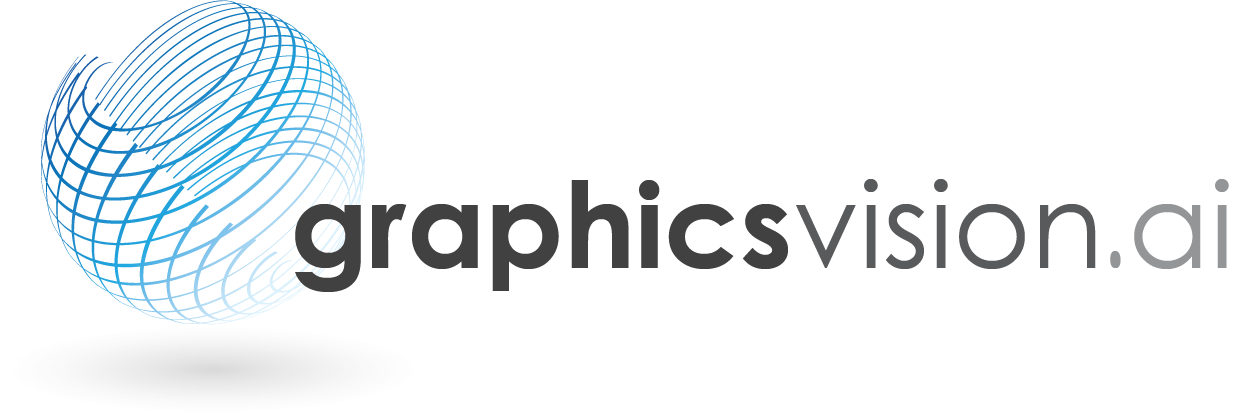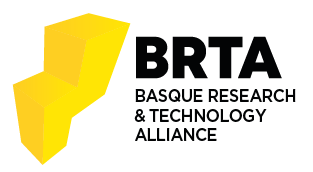Graphaviour: Bitcoin behaviour classification based on graph topological similarities
Egileak: Jon Ander Medina López Mikel Gorricho Segura
Data: 27.05.2024
Abstract
The” Graphaviour” study addresses the challenge of illicit activities in Bitcoin transactions by classifying behaviors based on graph topological similarities. Utilizing address transaction graphs and N-step concepts, it constructs unique graphs per address to analyze Bitcoin behaviors through their structural properties, employing clustering algorithms. The methodology involves an extensive dataset of blockchain transactions, evaluated for graph-based analysis specificity. It divides the study into 1-Step and 2-Steps analyses to observe how graph depth impacts clustering accuracy versus computational load. Findings indicate that deeper graphs improve classification precision but increase computational demands, highlighting a crucial trade-off. This study not only emphasizes the importance of graph depth in analyzing Bitcoin behaviors but also suggests future research directions for diverse behavior exploration and alternative validation models. Contributing significantly to Bitcoin transaction analysis, it offers new insights into behavior classification with graph-based methodologies.
BIB_text
title = {Graphaviour: Bitcoin behaviour classification based on graph topological similarities},
pages = {116-124},
keywds = {
Bitcoin, Graph Topology, Behaviour classifica- tion, Clustering, Behaviour aggregation
}
abstract = {
The” Graphaviour” study addresses the challenge of illicit activities in Bitcoin transactions by classifying behaviors based on graph topological similarities. Utilizing address transaction graphs and N-step concepts, it constructs unique graphs per address to analyze Bitcoin behaviors through their structural properties, employing clustering algorithms. The methodology involves an extensive dataset of blockchain transactions, evaluated for graph-based analysis specificity. It divides the study into 1-Step and 2-Steps analyses to observe how graph depth impacts clustering accuracy versus computational load. Findings indicate that deeper graphs improve classification precision but increase computational demands, highlighting a crucial trade-off. This study not only emphasizes the importance of graph depth in analyzing Bitcoin behaviors but also suggests future research directions for diverse behavior exploration and alternative validation models. Contributing significantly to Bitcoin transaction analysis, it offers new insights into behavior classification with graph-based methodologies.
}
isbn = {978-84-09-62140-8},
date = {2024-05-27},
}







